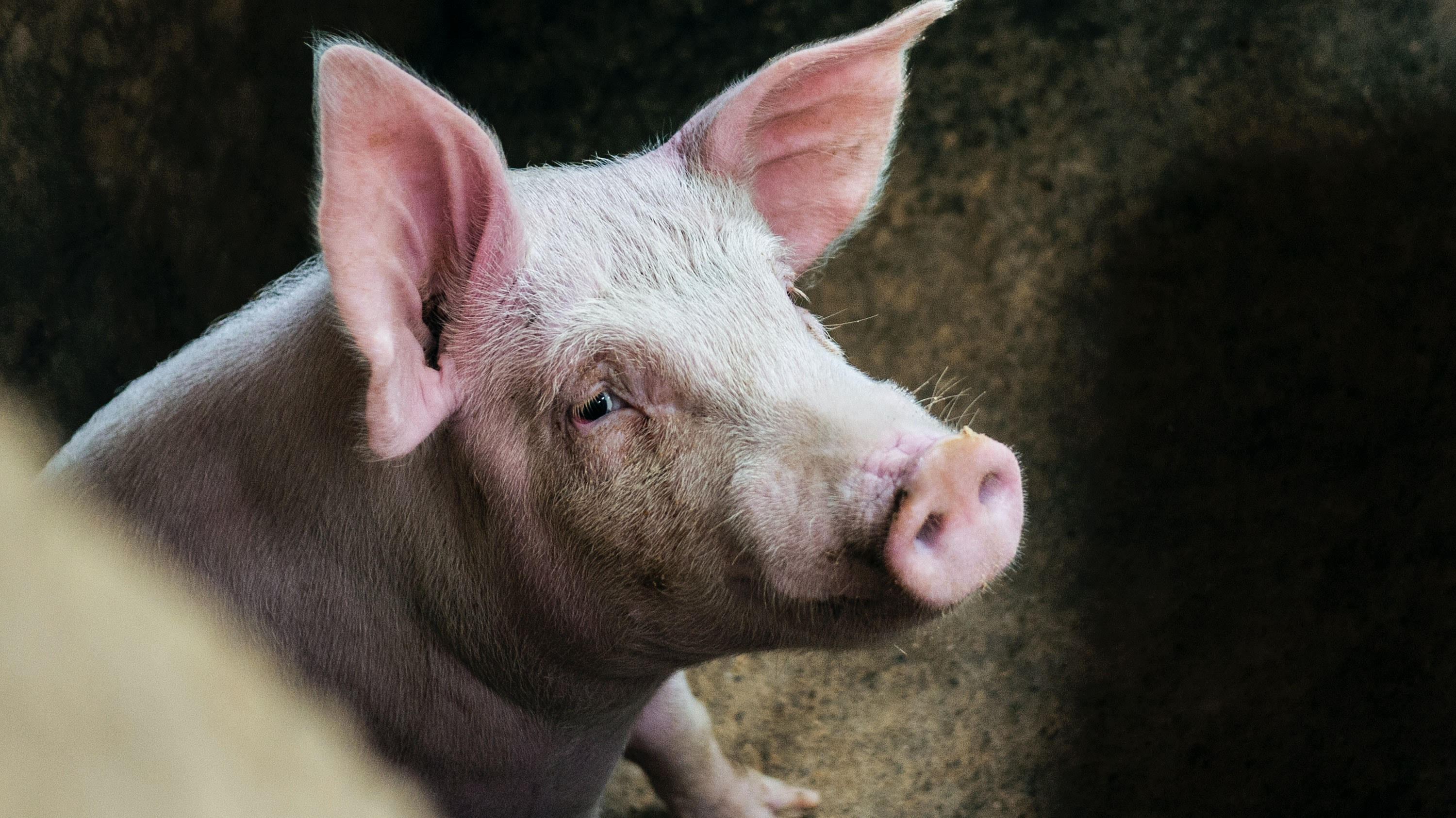Research roundup: Can improved genetic sequencing methods more swiftly tackle emerging disease in swine herds?
October 16, 2020

Emerging viral infectious diseases are a major threat to the swine industry worldwide. Senecavirus A (SVA), an emerging disease that causes lesions around pigs' noses and hooves, affects herds around the globe. SCA has caused growing concern among producers, veterinarians, and researchers since 2015, due to the inability to distinguish an SVA infection from a foot-and-mouth disease virus infection. And preventive and diagnostic strategies lag behind, which presents a problem for all emerging infectious diseases. Using SVA as a model, a team of researchers in the University of Minnesota College of Veterinary Medicine Department of Veterinary and Biomedical Sciences recently demonstrated that RNA genetic sequencing could be a robust tool for investigating and surveilling emerging viral diseases. The team’s results identified sequencing methods that allowed for rapid, unbiased pathogen detection at the species and strain level. With these new methods established, swine producers and veterinarians could better accomplish timely detection and prevention of SVA and other hard-hitting emerging infectious diseases. This study was funded by the National Pork Board.
Read more in the paper published on October 7 in Viruses.
Photo by Phoenix Han on Unsplash


